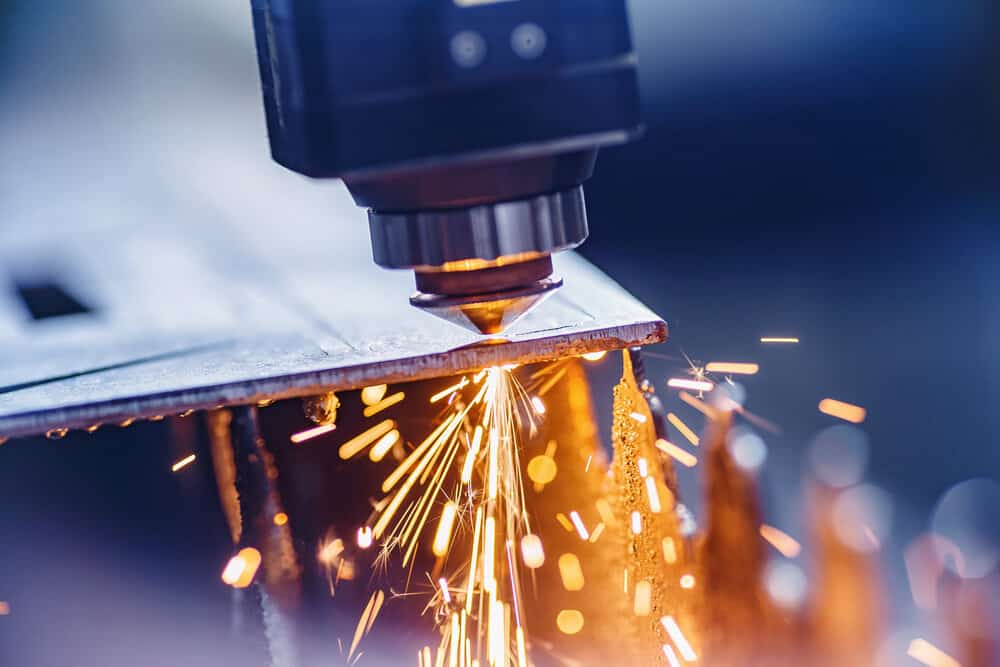Projections show that the global metal market will reach a size of $5.306 trillion by 2026.
Metals are used all over the world for a huge range of applications. The various types of metals available have ranging properties. One distinction is between ferrous and non-ferrous metals.
So how do these two types compare, and which is better for your project? Keep reading to find out.
What Are Ferrous Metals?
Ferrous metals are any metals that contain iron. Generally, the term "ferrous" is only used for metals where iron makes up a large portion of the composition. Some common ferrous metals are cast iron, wrought iron, stainless steel, and carbon steel.
Ferrous metals generally have high tensile strength. They're also very heat-resistant and are magnetic, which can be ideal properties for certain applications. The fatigue strength varies amongst ferrous metals, so this should be considered when using them.
Common ferrous metal uses vary depending on the metal in question. Carbon steel, for example, is one of the hardest steels available, making it ideal for machine tools, blades, and drills. Wrought iron is oxidation and corrosion resistant, so is often used for fences and railings.
What Are Non-Ferrous Metals?
Ferrous metals contain little to no iron. Some of the most common non-ferrous metals are aluminum, copper, lead, nickel, and zinc, but there are many others.
The iron found in ferrous metals is what makes most of them rust easily - this isn't an issue with non-ferrous metals. Non-ferrous metal conductivity varies, as do many other properties, depending on the metal being considered.
As there are many different types, non-ferrous metal applications range greatly:
- Aluminum is commonly found in cars and aircraft as it has a high strength-to-weight ratio
- Copper is used in a lot of electronic products due to its high conductivity
- Brass has a distinctive appearance, so is a common choice for ornamental applications
- Zinc is often used as a coating for ferrous metals to protect them against rusting
Some properties are fairly common among non-ferrous metals, like high-corrosion resistance, low density, ease of fabrication, and they're non-magnetic.
Benefits of Non-Ferrous Metals for Chutes
At Stock MHS we build and develop various material handling solutions. Among those are our stainless steel non-ferrous chutes. They're non-magnetic and create minimal friction, making them ideal for transporting packages.
Non-ferrous metal properties make them well suited for this application, and we can offer modular designs so that we can build systems for any working environment. We use 12 gauge (300 series) stainless steel for all of our chutes, and provide them in both weld-up and bolt-up formats.
Stock MHS Solutions
We're a leading supplier of material handling solutions, offering non-ferrous chutes as well as conveyor systems, gravity chutes, ball transfer units, and caster decks.
We can provide chutes made from non-ferrous metals to keep systems light, corrosion resistant, and non-magnetic. They're easy to ship and assemble, helping to streamline the implementation in your business. If you have any questions about what we offer, drop us a message.


Recent Comments